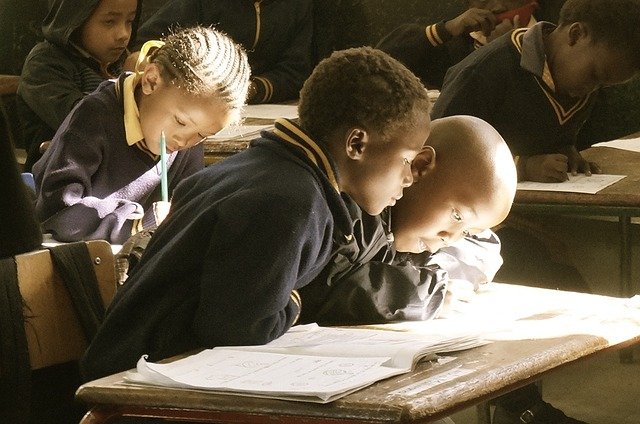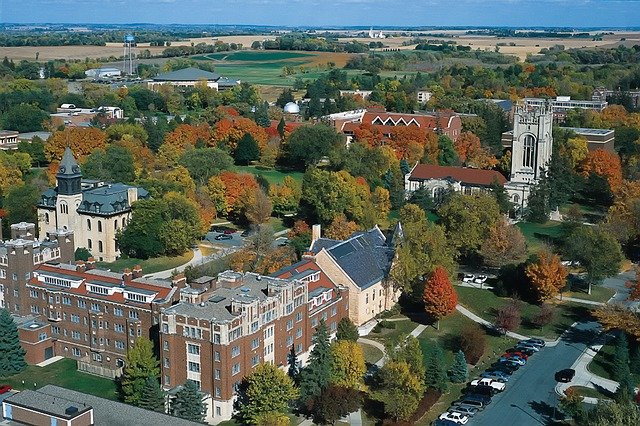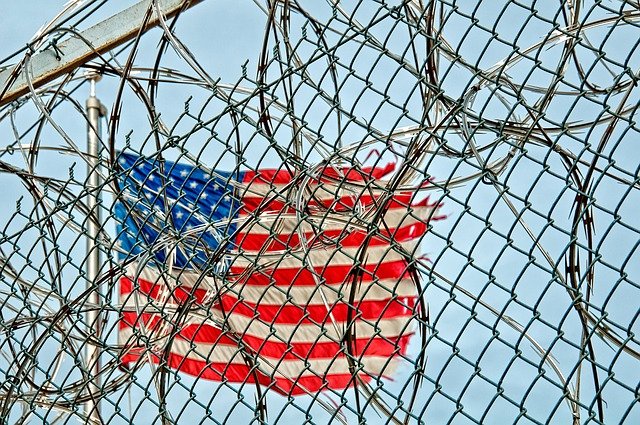America: Social Disparities Among Racial Incarcerations
According to a MSNBC’s interview with Marc Lamont Hill, professor of Education and African Studies at Columbia University, reports that each year $88,000 is spent to incarcerate a single prisoner and $9,000 is spent on a youth’s education (Report on Black Male Prison Population). The amount of money spent on incarceration is more than what is spent on education. Meaning that if money is spent more on education, there would be less incarcerations in the future. Professor Hill also states, “Early education, literacy rates, community involvement are directly related to the size and characteristics of a prison population”, (Report on Black Male Prison Population). His statement proves some facts because most US taxpayers' money is used on incarcerations while it did not improve the educational system. The reason why social disparities still exist today is simply due to the lack of education. In order to decrease incarceration here in America, more taxpayers' money needs to be invested into education, especially in areas with higher rates of incarceration.
Education is the key to success and also is an answer to the decrease of incarceration. The U.S. National Center for Education Statistics reports that 71 percent of the white population has completed a first-professional degree. The income distribution or mean income is 83.6 percent (U.S. National Center for Education Statistics). The reason why the prison population of white is lower compared to minorities is because of education. Most white families across the nation are educated, middle class earners and business owners. Also, the U.S. National Center for Education Statistics reports that 13.2 percent of Asian/Pacific Islander has completed a first-professional degree. The overall income distribution or mean income is 80.4 percent (U.S. National Center for Education Statistics). The total population of Asian/Pacific Islander is only 5 percent as compares to black or white. Still, Asian/Pacific Islander income distribution is almost as to white. Not only that, but the incarceration is no higher than 1 percent. On the other hand, the U.S. National Center for Education Statistics reports that 3.8 percent of the Hispanic population has completed first-professional degree. The income distribution is 52 percent, which is much lower, but the education percentage is 2.1 percent behind black. Even though there is a population rate of 17 percent higher than any other minorities, they still have a lower percentile on incarceration. This is evidence that proves education and literary rates are related to the size and characteristics of a prison population. The statistics demonstrate that when racial groups do not have the tools and knowledge that are required to properly function in society, they will encounter social inequalities. As a result, this also relates to socioeconomic status. Socioeconomic status plays an important role in society. The U.S. Census Bureau states that in the year of 2007, there were a total of 27 million firms owned by various groups of minority. Black owns 7 percent of the firms, American Indian/Alaska Native owns .09 percent, Asian owns 6 percent, and Hispanics own 8.3 percent (USA Quick Facts from the US Census Bureau). With this data, it is clear that Hispanics owns more firms than any other groups. But the incarceration rate for Hispanic is 40 percent, along with a population rate of 17 percent. Since Hispanic owned the most firms in America, how is it possible that there is still a 40 percent rate of incarceration? In order to figure it out, we need to take a look at the report on income distribution. The 2010 U.S. Census Report shows that Hispanics have an income distribution of 52 percent. This means Hispanics have the lowest income distribution rate in 2010, and it explains why there was a sharp increased in the incarceration report from the year 2009. Basically, it proves the fact that when lower income people of color have fewer options, they will commit crimes. Social disparities exist in society, and it is imperative to comprehend how racial differences play a major role in US incarceration. Facts and statistics explicitly show that social behaviors result in consequences when the transparency of opportunity failed among all ethnicity. Social disparities must be acknowledged and new reforms be placed. Reference List Ballantine, Jeanne H., and Keith A. Roberts. Our Social World: Introduction to Sociology. Los Angeles: Sage, 2012. Print. Lopez, Mark Hugo, and Light, Michael. "A Rising Share: Hispanics and Federal Crime."Pew Hispanic Center. N.p., 19 Feb. 2009. Web. 30 Oct. 2012. Mapuranga, Dambudzo. "Prison: Black Men’s New Slavery." Thepatriot. Thepatriot, 2011. Web. 30 Oct. 2012 http://www.thepatriot.co.zw/index.php?option=com_content. Report on Black Male Prison Population. Southsidetokyo. Youtube.com. 30 October 2012. "USA QuickFacts from the US Census Bureau." USA QuickFacts from the US Census Bureau. U.S. Department of Commerce, 18 Sept. 2012. Web. 30 Oct. 2012. U.S. Department of Justice, Federal Bureau of Investigation, “Crime in the United States, Arrests,” September 2010.http://www.fbi.gov/ucr/cius2009/arrests/index.html. U.S. National Center for Education Statistics, Digest of Education Statistics, annual. See also http://www.nces.ed.gov/programs/digest/. "World Report 2012: United States | Human Rights Watch." World Report 2012: United States | Human Rights Watch. Human Rights Watch, 2011. Web. 30 Oct. 2012.
Source

Source
http://www.pewhispanic.org/2009/02/18/a-rising-share-hispanics-and-federal-crime/.
http://quickfacts.census.gov/qfd/states/00000.html.
http://www.hrw.org/world-report-2012/world-report-2012-united-states.
